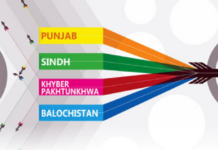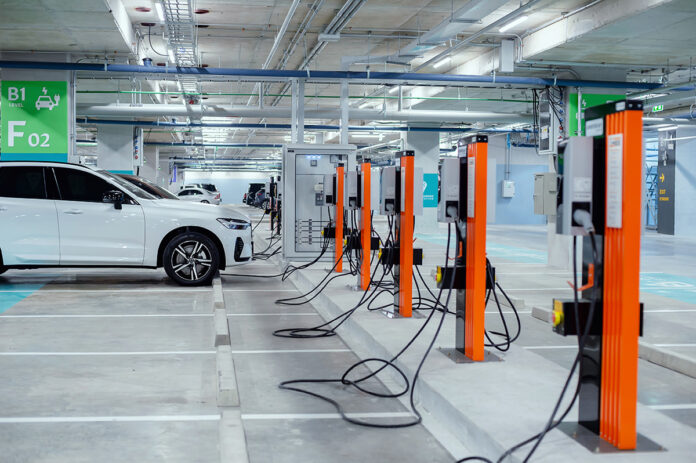Pakistan stands at a critical juncture in its transportation future. With 36 million vehicles consuming 79% of the nation’s oil imports while contributing 60 million tons of CO2 emissions annually, the country faces a transportation crisis that threatens both its economic stability and environmental health.
The New Energy Vehicle Policy 2025-30, launched by the Ministry of Industries and Production, represents Pakistan’s latest attempt to address this challenge through an ambitious goal: transforming 30% of all new vehicle sales to electric by 2030. The policy comes at a time when Pakistan’s power grid operates at just 50-56% capacity, creating a possible avenue to productively utilize surplus electricity while reducing dependence on costly oil imports that reached $16 billion in 2024. Yet the question remains whether a nation grappling with significant economic challenges can execute such a transformative agenda, and more critically, whether it can afford not to try. The content in this publication is expensive to produce. But unlike other journalistic outfits, business publications have to cover the very organizations that directly give them advertisements. Hence, this large source of revenue, which is the lifeblood of other media houses, is severely compromised on account of Profit’s no-compromise policy when it comes to our reporting. No wonder, Profit has lost multiple ad deals, worth tens of millions of rupees, due to stories that held big businesses to account. Hence, for our work to continue unfettered, it must be supported by discerning readers who know the value of quality business journalism, not just for the economy but for the society as a whole.To read the full article, subscribe and support independent business journalism in Pakistan
























